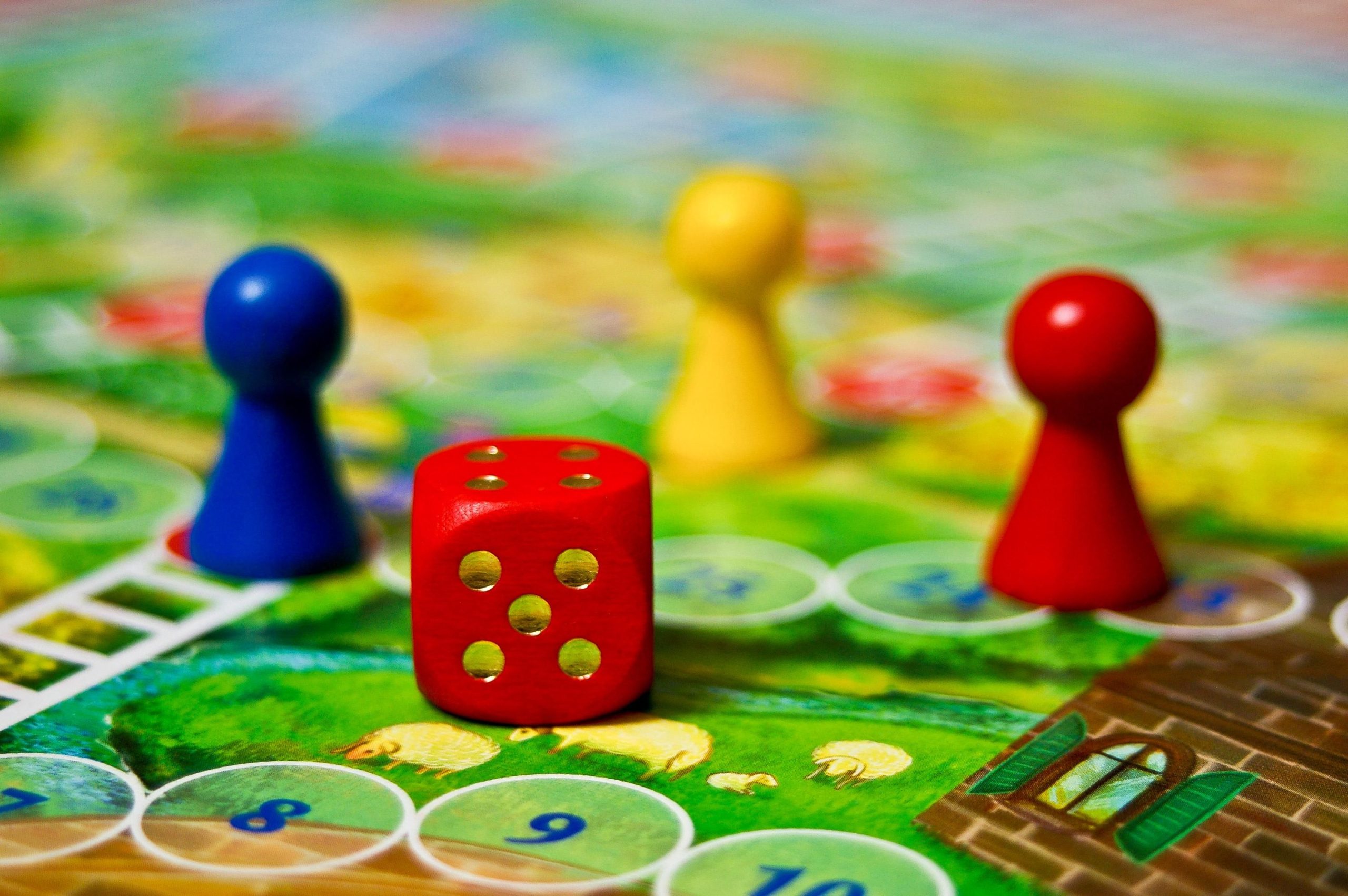Games have long been recognized for their potential to engage and motivate learners, offering immersive and interactive experiences that foster critical thinking, problem-solving, and collaboration. In recent years, there has been a growing interest in leveraging games as educational tools, with educators and researchers exploring innovative ways to integrate gaming into teaching and learning practices. This essay examines the role of games in education, exploring the benefits of playful learning approaches, the challenges they present, and the strategies for effective implementation. Drawing upon research findings, case studies, and practical examples, this essay highlights the transformative potential of games in education and offers insights into how educators can harness the power of play to enhance learning outcomes and foster student engagement.
Introduction:
Games have the power to captivate and inspire learners, offering immersive and interactive experiences that stimulate curiosity, creativity, and exploration. In recent years, educators have begun to recognize the educational potential of games, harnessing their engaging and motivational qualities to enhance teaching and learning practices. This essay explores the role of games in education, examining the benefits of playful learning approaches, the challenges they present, and the strategies for effective implementation. By delving into the transformative potential of games in education, we can gain a deeper understanding of how games can be used to engage learners, promote critical thinking, and foster a lifelong love of learning.
The Benefits of Playful Learning Approaches:
Playful learning approaches leverage the inherent qualities of games to engage learners in meaningful and interactive experiences. Games offer a unique combination of challenge, feedback, and rewards that motivate players to persist in their efforts and strive for mastery. By incorporating elements such as competition, exploration, and narrative into educational activities, educators can create immersive learning environments that capture students’ interest and promote active participation. Research has shown that games can enhance learning outcomes in a variety of domains, including mathematics, science, language arts, and social studies. Games promote critical thinking skills, problem-solving abilities, and collaboration, as players work together to overcome challenges and achieve shared goals. Additionally, games offer opportunities for personalized learning, allowing students to progress at their own pace and receive immediate feedback on their performance. By harnessing the power of play, educators can create dynamic and engaging learning experiences that inspire curiosity, creativity, and lifelong learning.
Challenges in Implementing Playful Learning Approaches:
While games offer many benefits as educational tools, they also present challenges in terms of implementation and integration into existing curricula. One challenge is the need for adequate resources and support to develop and implement educational games effectively. Designing high-quality games requires time, expertise, and financial investment, which may be beyond the reach of many educators and institutions. Additionally, there is a lack of consensus on best practices for integrating games into teaching and learning practices, leading to uncertainty and confusion among educators. Furthermore, there is a need to address concerns about screen time and potential negative effects of excessive gaming on students’ health and well-being. Despite these challenges, there is a growing body of research and practical experience demonstrating the benefits of playful learning approaches in education. By addressing these challenges and leveraging the potential of games as educational tools, educators can create dynamic and engaging learning environments that inspire curiosity, creativity, and academic achievement.
Strategies for Effective Implementation:
To effectively integrate games into teaching and learning practices, educators can adopt a variety of strategies and approaches. One approach is to incorporate games as supplementary resources that complement existing curricula and instructional materials. By selecting games that align with learning objectives and standards, educators can provide students with additional opportunities to practice and reinforce key concepts and skills. Another approach is to use games as formative assessment tools that provide insights into students’ understanding and progress. By embedding assessments within games, educators can gather real-time data on students’ performance and use this information to inform instruction and provide targeted support. Additionally, educators can encourage students to create their own games as a means of demonstrating understanding and creativity. By engaging in game design activities, students can apply their knowledge and skills in a meaningful and authentic context, fostering creativity, collaboration, and problem-solving abilities. Overall, effective implementation of playful learning approaches requires careful planning, collaboration, and ongoing support from educators, administrators, and stakeholders.
Games have the potential to revolutionize education, offering immersive and interactive experiences that engage learners and promote critical thinking, problem-solving, and collaboration. By harnessing the power of play, educators can create dynamic and engaging learning environments that inspire curiosity, creativity, and lifelong learning. Despite the challenges of implementation, there is a growing body of research and practical experience demonstrating the benefits of playful learning approaches in education. By adopting strategies for effective implementation and addressing concerns about screen time and student well-being, educators can harness the transformative potential of games to enhance learning outcomes and foster student engagement. As we continue to explore the role of games in education, let us embrace the power of play to inspire curiosity, creativity, and academic achievement in learners of all ages.




